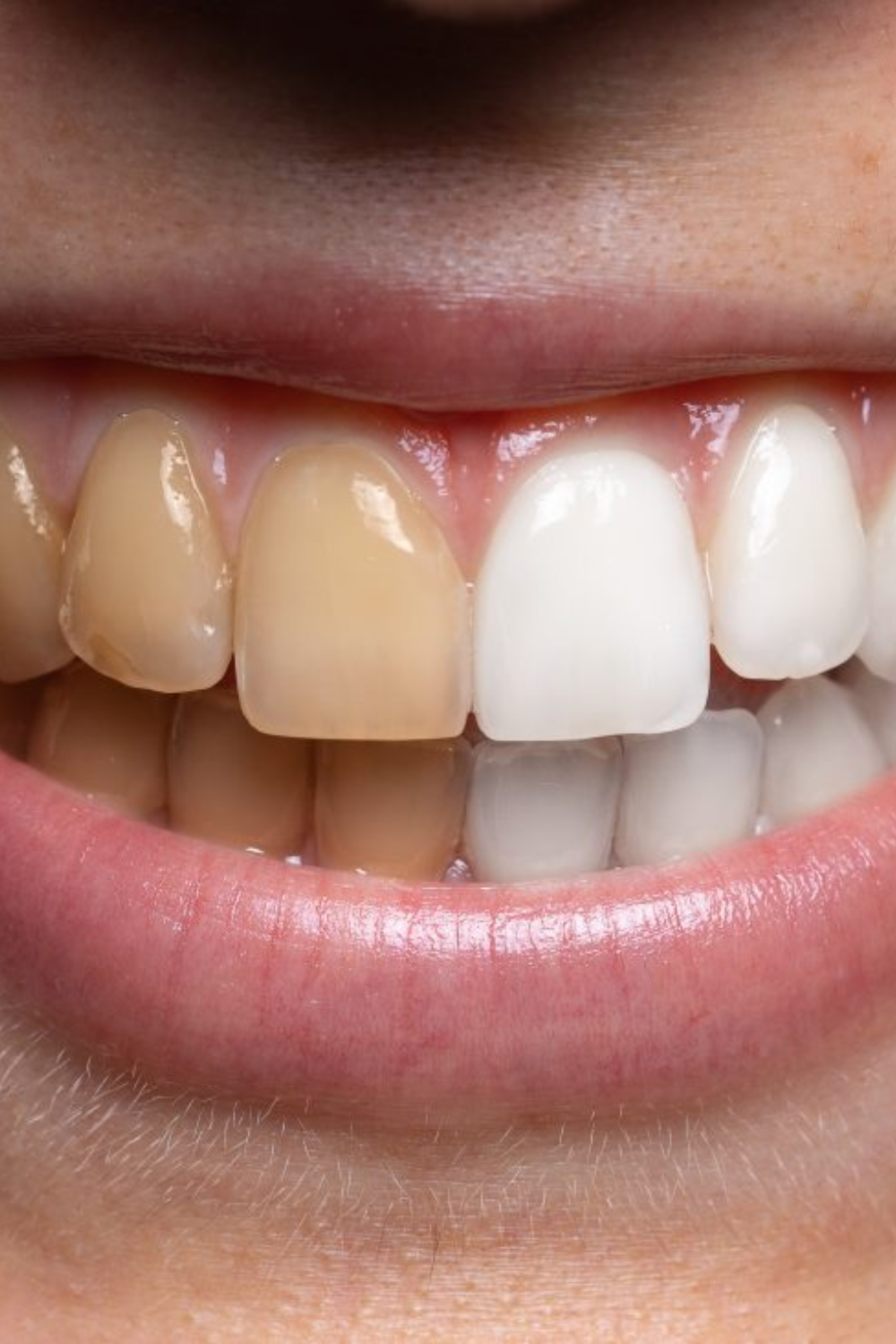Whitening Teeth After Smoking: Effective Methods for Smokers
Whitening Teeth After Smoking: Effective Methods for Smokers
Smoking can take a significant toll on oral health, and one of the most visible effects is the discoloration of teeth. The tar and nicotine in cigarettes can lead to yellowing or brown stains, making it essential for smokers to seek effective teeth whitening methods. In this article, we’ll explore professional treatments and at-home remedies for whitening teeth after smoking, helping you achieve a brighter smile.
Understanding the Impact of Smoking on Teeth
Before diving into whitening methods, it’s essential to understand how smoking affects teeth. The substances in cigarettes can penetrate the enamel, causing stains that are often difficult to remove with regular brushing. Additionally, smoking can lead to other oral health issues such as gum disease, bad breath, and even oral cancer, making oral hygiene all the more crucial.
Professional Whitening Treatments
For those seeking immediate and effective results, professional teeth whitening treatments are the best option. Here are some common methods:
- In-Office Whitening:
- Procedure: This is performed by a dental professional using a high-concentration whitening gel, often activated by a special light.
- Results: Patients can see results in just one session, with teeth typically lightened by several shades.
- Duration: The procedure usually takes about one to two hours.
- Considerations: While this is one of the fastest methods, it can be more expensive than at-home options.
- Take-Home Kits:
- Procedure: Dentists can provide custom-made trays along with a professional-grade whitening gel for at-home use.
- Results: This method offers gradual results over a week or two.
- Duration: Patients usually wear the trays for a specified time each day, often between 30 minutes to a few hours.
- Considerations: This option combines convenience with effectiveness, and results can be comparable to in-office treatments.
- Laser Whitening:
- Procedure: In this method, a bleaching agent is applied to the teeth, and a laser is used to enhance the whitening effect.
- Results: Laser treatments can yield immediate results, making them appealing for special occasions.
- Duration: The procedure typically lasts about an hour.
- Considerations: It tends to be one of the more expensive options.
At-Home Remedies for Teeth Whitening
If professional treatments are not feasible, several effective at-home remedies can help improve the appearance of your smile. While results may take longer, consistency is key. Here are some popular options:
- Whitening Toothpaste:
- How it Works: These toothpastes contain mild abrasives and chemical agents that can help remove surface stains.
- Usage: Use as your regular toothpaste; however, be cautious not to overuse abrasive products to avoid damaging enamel.
- Considerations: Look for ADA-approved products for safety and effectiveness.
- Baking Soda and Hydrogen Peroxide:
- How it Works: Baking soda acts as a mild abrasive, while hydrogen peroxide has bleaching properties.
- Usage: Mix a small amount of baking soda with hydrogen peroxide to form a paste. Brush your teeth with it once or twice a week.
- Considerations: Overuse can wear down enamel, so moderation is key.
- Activated Charcoal:
- How it Works: Activated charcoal is believed to bind to stains and toxins in the mouth, helping to lift discoloration.
- Usage: Use charcoal toothpaste or sprinkle activated charcoal on your regular toothpaste.
- Considerations: While some users report positive results, there’s limited scientific evidence, and it can be abrasive.
- Apple Cider Vinegar:
- How it Works: Apple cider vinegar has natural whitening properties due to its acetic acid content.
- Usage: Dilute with water and use as a mouthwash, but limit use to a few times a week to prevent enamel erosion.
- Considerations: Always rinse your mouth with water afterward to minimize acid exposure.
- Strawberries:
- How it Works: Strawberries contain malic acid, which may help remove surface stains.
- Usage: Mash fresh strawberries and apply the paste to your teeth for about five minutes, then brush your teeth afterward.
- Considerations: This should be done sparingly due to the natural sugars present in fruit.
- Coconut Oil Pulling:
- How it Works: Swishing coconut oil in your mouth may help reduce plaque and improve oral health.
- Usage: Swish a tablespoon of coconut oil for 10-20 minutes daily, then spit it out and brush your teeth.
- Considerations: This is not a replacement for brushing or flossing but can be a supplementary practice.
Maintaining a Bright Smile
Whitening your teeth is only part of the equation; maintaining oral hygiene is equally important, especially for smokers. Here are some tips for keeping your smile bright:
- Brush and Floss Regularly: Brush at least twice a day and floss daily to remove plaque and prevent stains.
- Avoid Staining Foods and Drinks: Limit consumption of coffee, tea, red wine, and foods with strong pigments, as they can stain teeth.
- Stay Hydrated: Drinking plenty of water can help wash away food particles and reduce the likelihood of staining.
- Regular Dental Check-ups: Visit your dentist regularly for professional cleanings and assessments, which can help keep your teeth healthy and bright.
Conclusion
Smoking can significantly impact the appearance of your teeth, but effective whitening methods are available for those looking to restore their smile. Whether you opt for professional treatments or at-home remedies, the key is consistency and care. Always consult with a dental professional before starting any whitening regimen to ensure it’s safe and suitable for your individual needs. With the right approach, you can combat the effects of smoking and achieve a brighter, healthier smile.
You also may know: Home Insurance Community














Post Comment